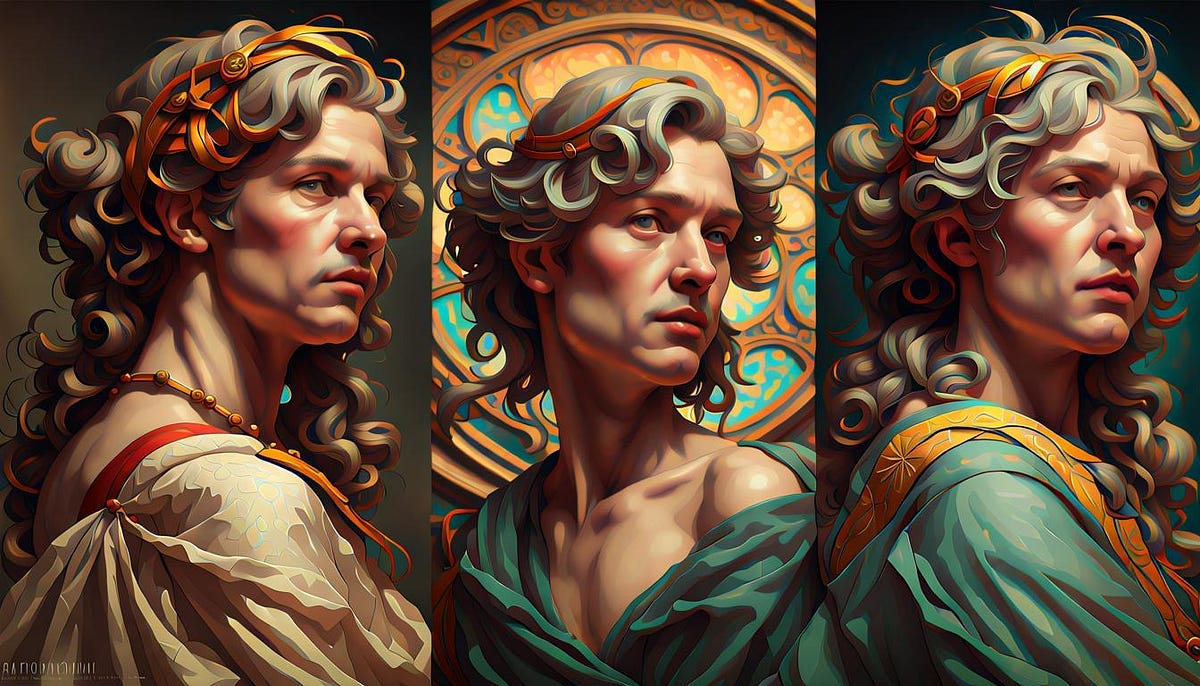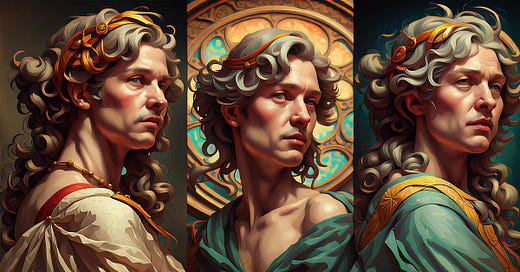Can Computers Spot the Real Raphael?

Have you ever wondered how experts know if a painting is real or not? It’s a tricky job that involves studying the artwork’s history, materials used, and even its style.
This study focuses on just one part of the puzzle — the style of paintings by a famous artist named Raphael.
I’ll explain how computers and machine learning can help experts authenticate artworks, making sure they’re the real deal.
Meet Raphael, the Art Maestro
Raphael, also known as Raffaello Sanzio da Urbino, was a superstar artist during the Renaissance in Italy. Born in 1483, his art is celebrated for its perfection and grace. Imagine being mentioned in the same breath as Leonardo da Vinci and Michelangelo — that’s how good Raphael was! His paintings covered everything from religious scenes to stunning portraits.
The Mystery of Art Authentication
Figuring out if a painting is authentic involves a lot of detective work. Experts look at where the painting has been, what materials were used, and even study the artist’s unique style. This study focuses on the last part — studying the style, also known as connoisseurship.
The Power of Computers in Art
Enter the world of computers and machine learning! We’re using a computational tool that acts like a detective to analyse Raphael’s paintings. The tool uses a fancy neural network called ResNet50 for extracting features from the paintings. Think of it as a super-smart assistant for art experts.
How Computers ‘See’ Art
Computers, with the help of a tool called Support Vector Machine (SVM), learn to distinguish between real Raphael paintings and others. But here’s the cool part — the tool doesn’t just rely on colours and shapes. It also pays attention to something called edge detection, capturing the essence of Raphael’s brushwork signatures.
The 98% Accuracy Revelation
In our tests, this computerised method showed an incredible 98% accuracy in telling if a painting was genuinely Raphael’s or not. However, this is just one piece of the puzzle. Authenticating art involves many factors including the painting’s history, materials, and more.
Raphael’s Legacy and the Future
Raphael’s paintings are treasures, and ensuring their authenticity is crucial for art lovers and scholars. While machines can be helpful, they’re not replacing the human touch. Experts still need to consider everything — from the artist’s biography to the colours used in the artwork.
A Step Forward
In conclusion, our computerised approach is like having a high-tech assistant for art experts. It doesn’t replace the traditional methods but adds a powerful tool to the art authentication process. The future of art analysis might just be a mix of human expertise and computational precision, creating a whole new way to appreciate and protect our artistic heritage.
References
Vasari G. The Lives of the Artists. Oxford University Press; 1965.
Rohlmann M, Zöllner F, Gaertringen RH, Raphael Satzinger G. The Complete Works. Paintings, Frescoes, Tapestries, Architecture: Taschen, Cologne, Germany; 2023.
Moore JR. Art is social studies: teaching the renaissance using raphael’s school of athens. Social Studies. 2022;113(4):185–94. https://doi.org/10.1080/00377996.2022.2034729.
Oliveri V, Porter G, Davies C, James P. Art crime: the challenges of provenance, law and ethics. Museum Manage Curatorship. 2022;37(2):179–95. https://doi.org/10.1080/09647775.2022.2052160.
Bolz A. A Regulatory Framework for the Art Market?: Authenticity Forgeries and the Role of Art Experts. Switzerland: Springer; 2022. p. 107–253.
Tanasa PO, Sandu I, Vasilache V, Sandu IG, Negru IC, Sandu AV. Authentication of a painting by Nicolae Grigorescu using modern multi-analytical methods. Appl Sci. 2020;10:3558. https://doi.org/10.3390/app10103558.




